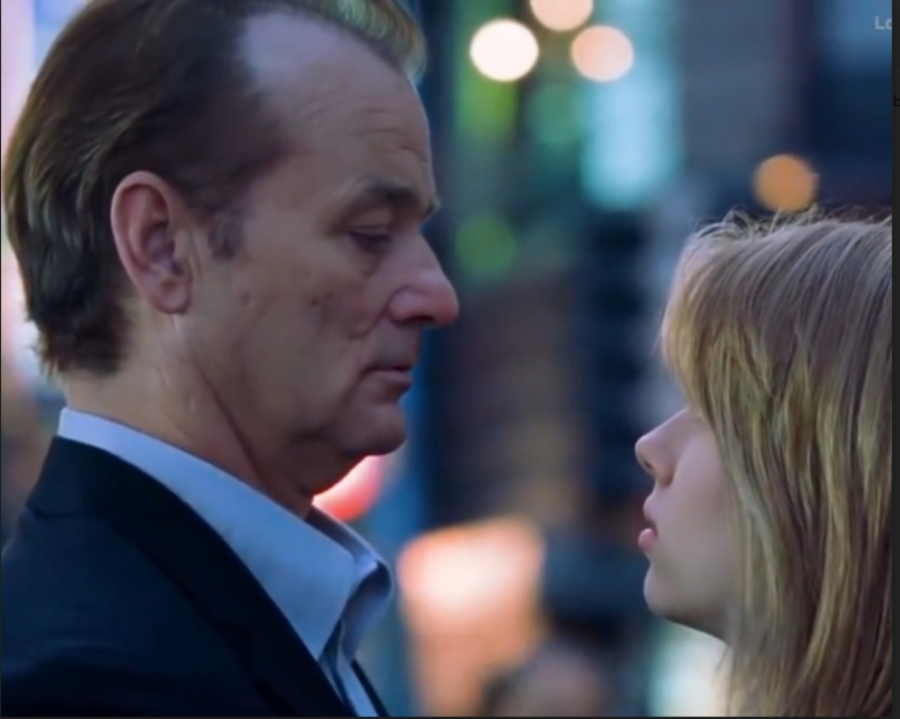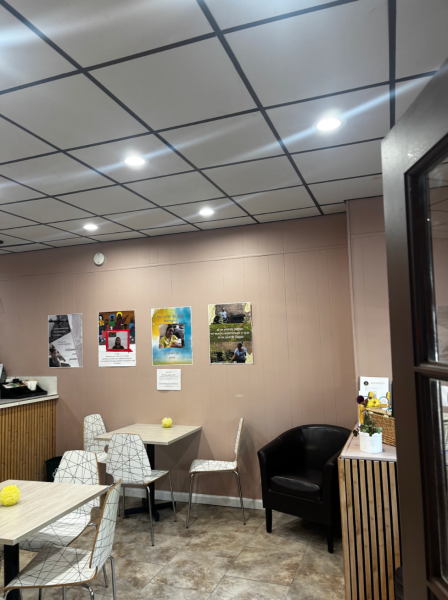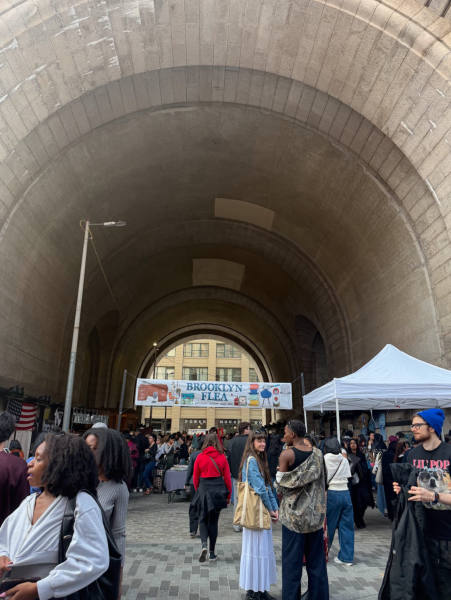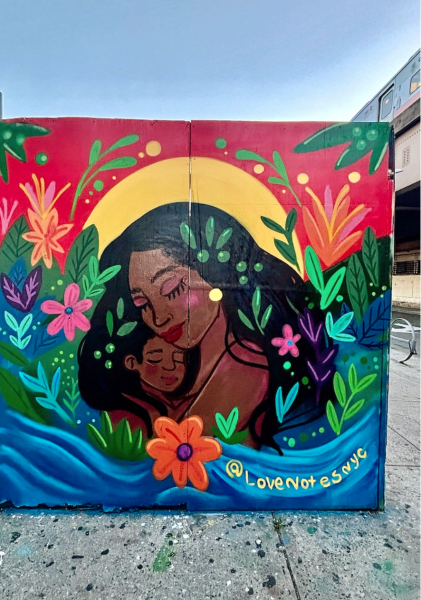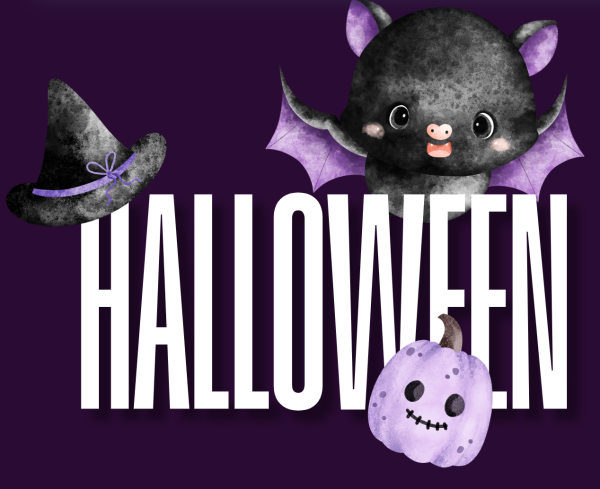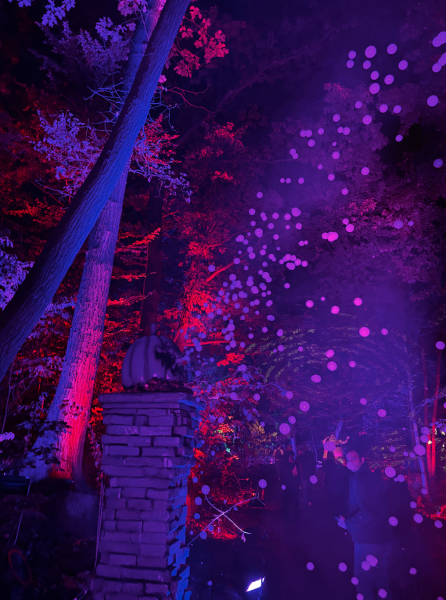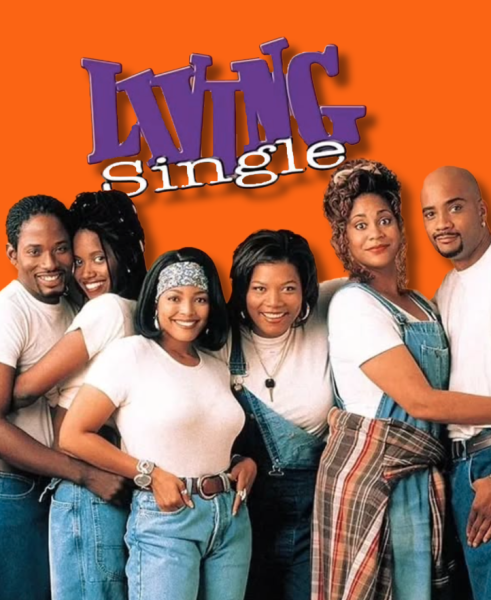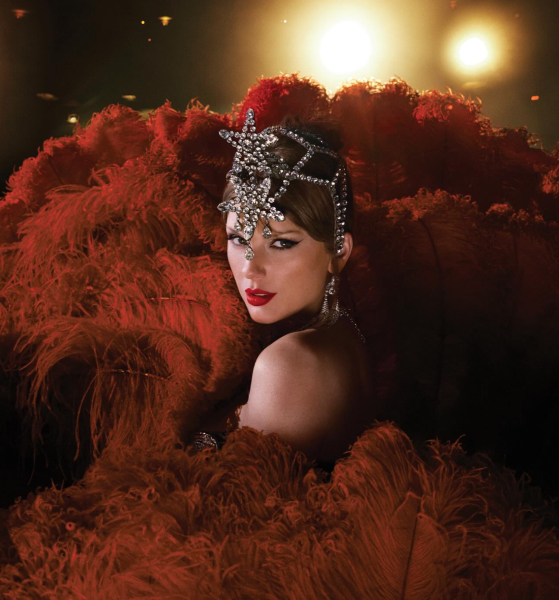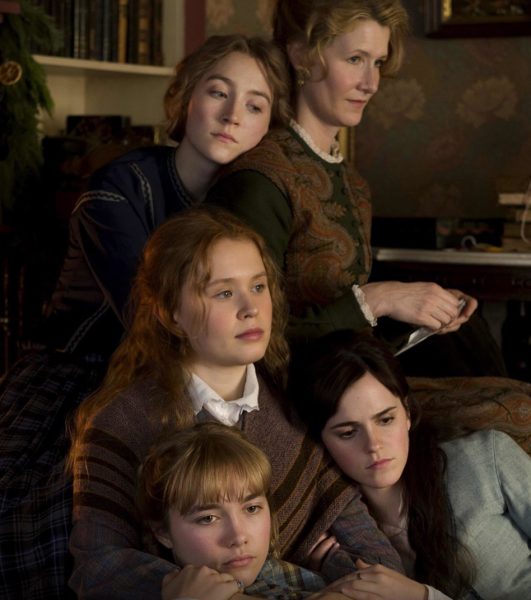“Lost in Translation:” A Silence Worth 1000 Words
Sofia Coppola described her 2003 drama, “Lost in Translation” as the anticipation of moments without words. She explained, “There are so many moments in life when people don’t say what they mean, when they are just missing each other, waiting to run into each other in a hallway.”
The film, which stars Bill Murray and Scarlett Johansson, is just that. A blur of time spent together, with overwhelming silences and encapsulating conversations, “Lost in Translation” is a film that pushes you to get lost in Coppola’s vision for a world of warmth and wonder and most importantly, silence.
The film takes place in Tokyo, and was shot in the city’s loudest and most vibrant districts: Shinjuku and Shibuya. A majority is set at Park Hyatt Tokyo, where Bob, played by Murray, is to film a Japanese whiskey commercial. Charlotte, played by Johansson, happens to be staying at the same hotel. She is on vacation with her celebrity photographer husband. They are both strangers to Tokyo and to each other, but continue to find one another around the hotel, always alone, and always without purpose.
Eventually they strike up a conversation at the dimly lit hotel bar. Charlotte finds Bob’s washed up Hollywood act charming, and he is infatuated with her youth. The quiet lull of their relationship is striking, emphasized by Coppola’s soft cinematography and beautiful soundtrack, their relationship begins to take its interesting shape before our eyes. They walk the line of platonic and romantic throughout the entire film, and the tension created by their unspoken thoughts is a feeling only a director like Coppola can paint.
This idea of unspoken tension is a theme found throughout most of Coppola’s films and is what makes them such an honest depiction of humanity, and commonly girlhood. “Lost in Translation” particularly stands out because of the confusing and borderline inappropriate relationship between a man in the midst of a mid-life crisis and a 22-year-old newlywed. Both parties know there is no future, but to put that into words denies their ability to entertain themselves through their aimlessness.
Furthermore, the setting of the film – Tokyos’s most bustling districts – adds a powerful juxtaposition to the idea of charged silence. When Bob and Charlotte go out on the town one night, this silence continues and because the color and the noise of the city are so purposefully emphasized, a world is created where there is no need for conversation.
It’s easy to assume that most people are slightly uncomfortable with silence. We come across it often, and all have our own ways to ward it off, accept it or move on. Coppola’s understanding of silence is what makes “Lost in Translation” such a powerful film, and one that has stuck with me for years. The ability to work around limited dialogue creates a film that depends on body language, tension and action. In “Lost in Translation,” every moment is charged. Every action can be analyzed. All the deep stares, all the brushing of hands, all of the saying goodbyes; they all have a silent meaning. And despite this meaning never actually being revealed, we as the audience understand that there is a weight to this silence. Coppola wants us to recognize that silence is just as powerful as conversation. The mystery to “Lost in Translation” is embedded in its silence, and although it may never be solved, Coppola captures the human ability to leave things unsaid.
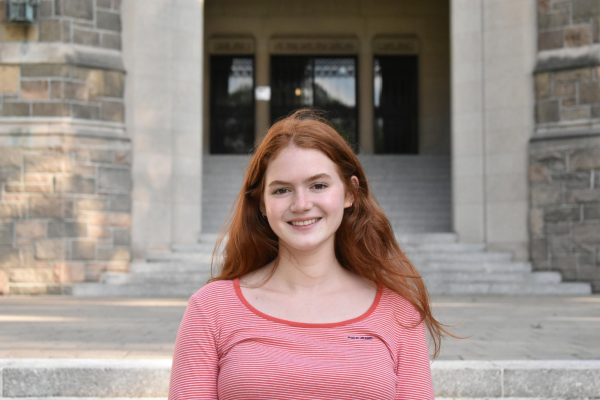
Frances Schnepff is a junior from Chicago, majoring in communications and minoring in marketing and French. She has been the Ram’s Social Media Director...





































































































































































































